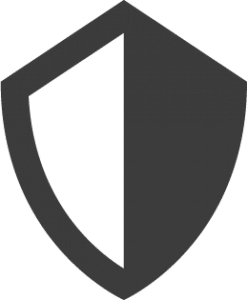Type of response:






Information
Afghanistan is facing one of the world’s most severe and complex humanitarian crises. Over half of the population—approximately 23 million people are in need of humanitarian assistance due to a combination of conflict, economic collapse, prolonged drought, high food insecurity, and widespread displacement.
The situation has been further exacerbated in 2025 by a sharp increase in the number of Afghans returning from neighbouring countries, as roughly 1.7 million Afghans have returned or been forced to return from Iran and Pakistan this year alone. These returns are placing immense pressure on already overstretched services, especially in border provinces and areas of high return, such as Herat. The crisis of returnees from Iran has escalated dramatically in recent months. Between 1 January and 9 July 2025, UNHCR recorded a total of 1,347,100 Afghan returnees from Iran, including 1,081,000 since 20 March; 59% were deportations; the majority (75%) is entering through the Islam-Qala border point. Between 3 and 9 July the average daily returns exceeded 37,000, peaking on 4 July with 50,000 returnees recorded on 1 day. There has also been a significant demographic shift in returnee profiles. Where previous months saw mainly single young men returning, recent weeks have seen a surge in families crossing the border—many with women, children, and elderly relatives.
As the humanitarian response in the border area remains severely under-resourced, the DRA is filling a critical gap to address the needs of the high number of returnees daily crossing the border into a country which can hardly sustain them.
The Joint Response
During the design, the DRA partners analysed the available data on both returnees being stuck at the border crossing and transit camps, as well as on their intended places to settle over the months to come. This resulted in a multi-location response, which allows to meet the acute needs of the most vulnerable returnees at the border, while also providing direct relief to people at risk who have been able to move on to other locations in Herat. The response directly covers needs in food, WASH, health, shelter, and cash, while all interventions are designed with a specific protection lens. The activities carried out under this Joint Response are the following:
The JR is planning to reach 143.780 people during this response.
Save the Children
Laan van Nieuw Oost-Indië 131-k
2593 BM Den Haag
The Netherlands
Chair organisation: Plan International
E: office@dutchrelief.org